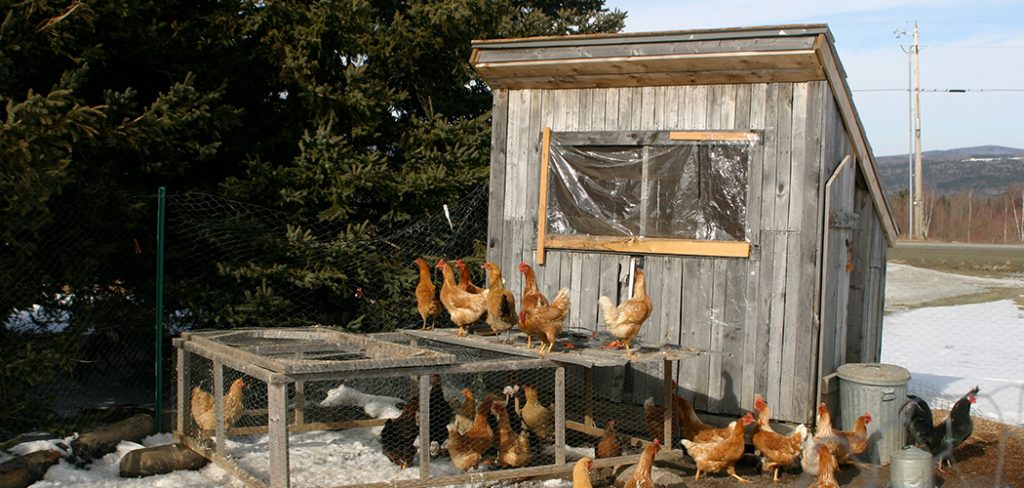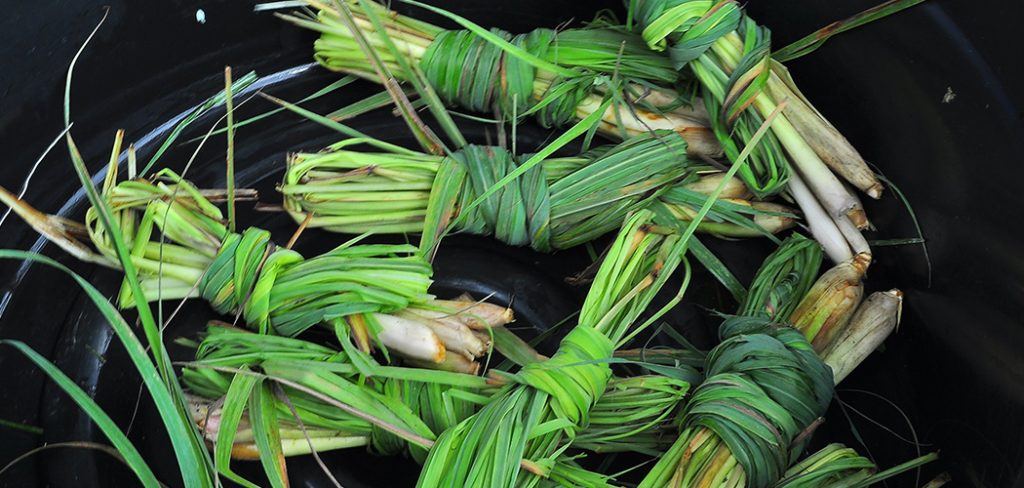Roses are woody perennial flowering plants admired for their beautiful flowers, which consists of layered and delicate petals. This plant has been around for many years, as proved by their long and colorful history. In a literal sense, according to fossil evidence, roses have been on earth for 35 million years now. Figuratively, roses have been used as symbols of beauty, passion, love, war, and even politics since the ancient times. This reputation is probably the culprit behind people thinking of roses as high maintenance plants. But did you know that they’re actually very easy to propagate at home? To propagate means to reproduce a plant from a simple cutting, and this is a preferred method which produces replicas of the parent plant unlike seeds. You don’t need to be a rosarian to replicate beautiful garden roses. Continue reading to learn the most effective ways on how to regrow roses.
Regrowing Roses from Cuttings
Cuttings are pieces of rose stems taken from a rose bush you desire to replicate. Planting stem cuttings is one of the most well-known methods of propagating roses.
The ideal time for this method is during late spring or early summer, when strong growth is evident in a rose bush. Here’s how you can start regrowing roses from cuttings:
Choose a stem for the cutting
Select a healthy rose bush to take a cutting from. The ideal stem is usually at the side of the plant, not the center. If you see flowers or buds along the cutting, remove it to focus the plant’s energy on rooting.
Cut the Stem
Use sterilized sharp pruning shears to cut a 12-inch segment of a stem at a 45-degree angle.
Remove Some Leaves
Pull out the leaves except for the first two pairs of leaves on the stem. Removing extra leaves also helps the cutting to focus its energy on root production.
Get the Stem Ready for Rooting
Using the same sharp pruners, make one-inch slits into the bottom of the stem. This will split the stem open and will encourage rooting.
Dip the Stem in Rooting Hormone
Using a rooting hormone is completely optional in this process but it will up your chances to grow the cutting successfully. Choose a rooting hormone in powder form then dip the split end of the cutting into the rooting hormone. Shake off to remove excess powder.
Plant the Cutting
Use a two-inch (5 cm) pot and fill it with potting soil. Poke a two-inch hole at the center of the pot and then set the cutting inside for at least 6 inches deep, and then use your hands to gently firm the soil in place. Lastly, water the soil to maintain moisture.
Cover the Stem
Use a plastic bag or a plastic wrap to cover the cutting, pot included. This step will help keep heat and retain moisture which are necessary for rooting.
Feed it With Sunlight
Place the pot in a location that receives indirect or filtered sunlight to avoid overheating. Water the soil whenever it’s dry to the touch.
When to Regrow Roses from Cuttings
Many home gardeners have differing opinions on when to regrow roses from cuttings. Some say it’s best in cooler months, while others prefer planting cuttings when it’s warm. The fact is rooting a stem can be done any time of the year but cuttings from new growth and not from hardened wood have better chances of rooting successfully.
And like we mentioned, spring or early summer is the perfect time to take these cuttings. It’s also important to cut them in the wee hours of the morning, a time when the plant is well hydrated.
New gardeners should also be careful not to take cuttings from a plant that’s heavily blooming as the plant is currently focusing most of its energy into producing flowers rather than root development. Choosing this kind of plant to take a stem from will lead the cutting to not readily root.
Regrowing Roses in Water
There are other ways on how to regrow roses, but this one is probably the easiest method around. Not only that, but this also assures you with a plant that’s identical to the parent plant. Let’s start!
- The best time for rose water propagation is during early summer. Be sure to choose a plant that’s healthy and free from diseases.
- Use clean pruners to cut a stem for about 4 to 6 inches long. Cut it just below the stem node, a point wherein the leaf attaches to the stem. Remove flowers, buds, and extra leaves, only leaving the first two pairs intact.
- Put lukewarm water halfway into a clean jar, then place the stem cuttings inside. Place the jar in a spot that receives bright but indirect sunlight.
- Replace the water for every 3-5 days or whenever it turns murky. Regrowing roses in water usually takes 3-4 weeks, but it is normal for them to take longer than that so keep calm and monitor your rose water.
- Once you see roots growing, you can transfer it to a pot and plant it indoors.
Conclusion
Just like other shrubs, roses can be regrown from cuttings. But seeing as how roses are one of the most popular and aesthetically pleasing shrubs around, trying to regrow them or adding them to your home garden might be intimidating for beginners. However, starting your garden by regrowing stem cuttings does not have to be a stressful experience. With just the knowledge we shared with you on how to regrow roses combined with proper care and patience, anyone can be successful in beautifying their garden with their own rose shrubs! In contrast, roses are not just for show. Using their petals, you can make a fragrant rose water which can help soothe skin irritation and redness, minus the strong fragrance and chemicals that some beauty products have. Now that you’re one step closer to regrowing them and experiencing their health benefits, I don’t see how you can resist these beauties.

